
Multivax Visiting Event Tracing for Windows
Event Tracing for Windows is a kernel-level tracing facility provided by the operating system and enabled dynamically. It logs kernel, application, and other system events. Available since Windows 2000, ETW provides more detailed information on the operating system environment and application interaction than other logging services on Windows.
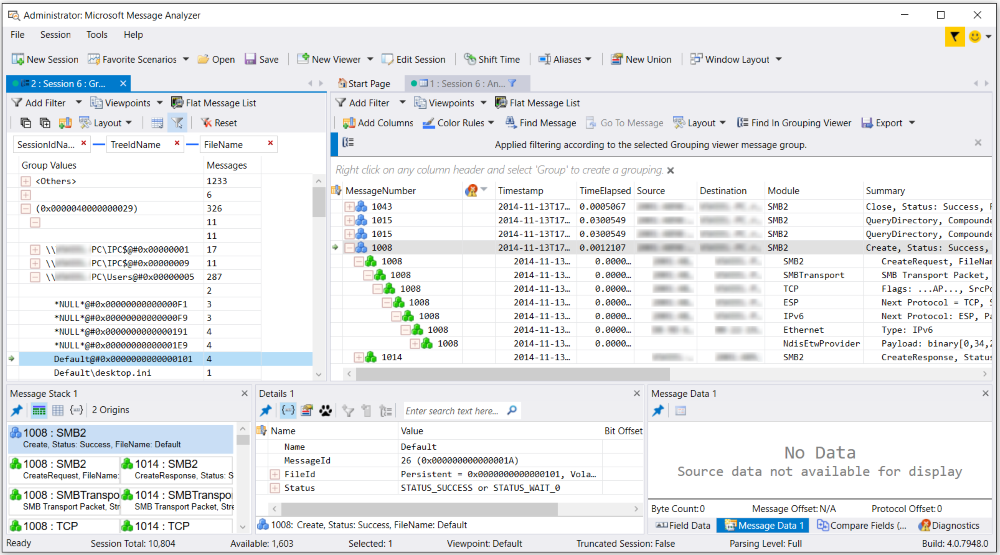
Event Tracing For Windows Viewer
In this article. Event Tracing for Windows (ETW) is an efficient kernel-level tracing facility that lets you log kernel or application-defined events to a log file. You can consume the events in real time or from a log file and use them to debug an application or to determine where performance issues are occurring in the application.
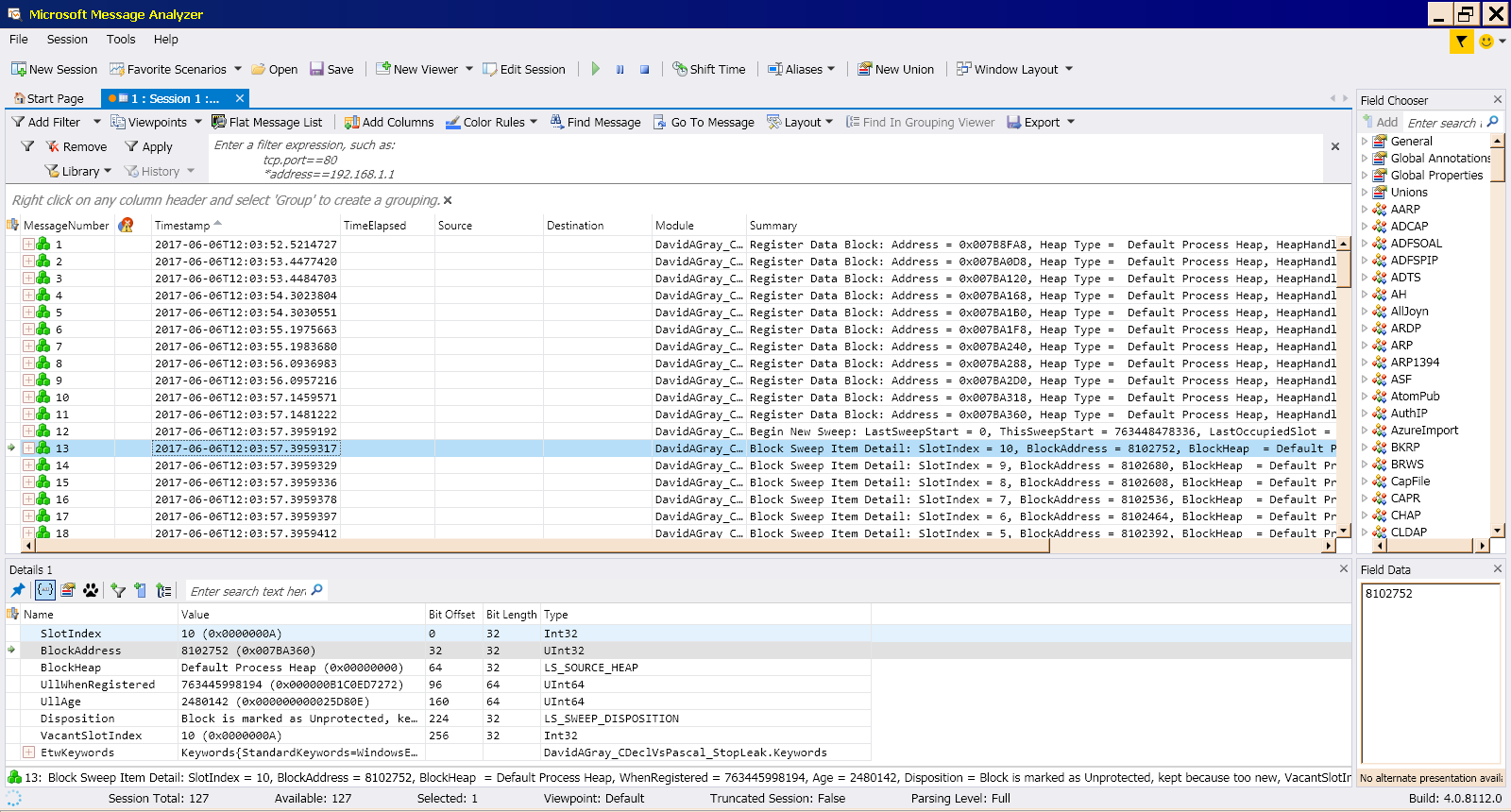
Event Tracing for Windows Reducing Everest to Pike's Peak CodeProject
In this article. A trace provider is a component of a user-mode application or kernel-mode driver that uses Event Tracing for Windows (ETW) technology to generate trace messages or trace events. Typically, the trace events and messages report discrete actions of the provider. Reading a record of the events helps you to understand what the provider is doing in actual operating conditions.

Collecting and Forwarding PowerShell logs via Event Log and via Event
Event Tracing for Windows is an asynchronous kernel debugging mechanism built into all modern versions of Windows that is typically used to assist administrators and developers troubleshoot and measure system and application performance. It's built-in and enabled by default on Windows 2000, but did not truly become feature-rich until Windows 7.
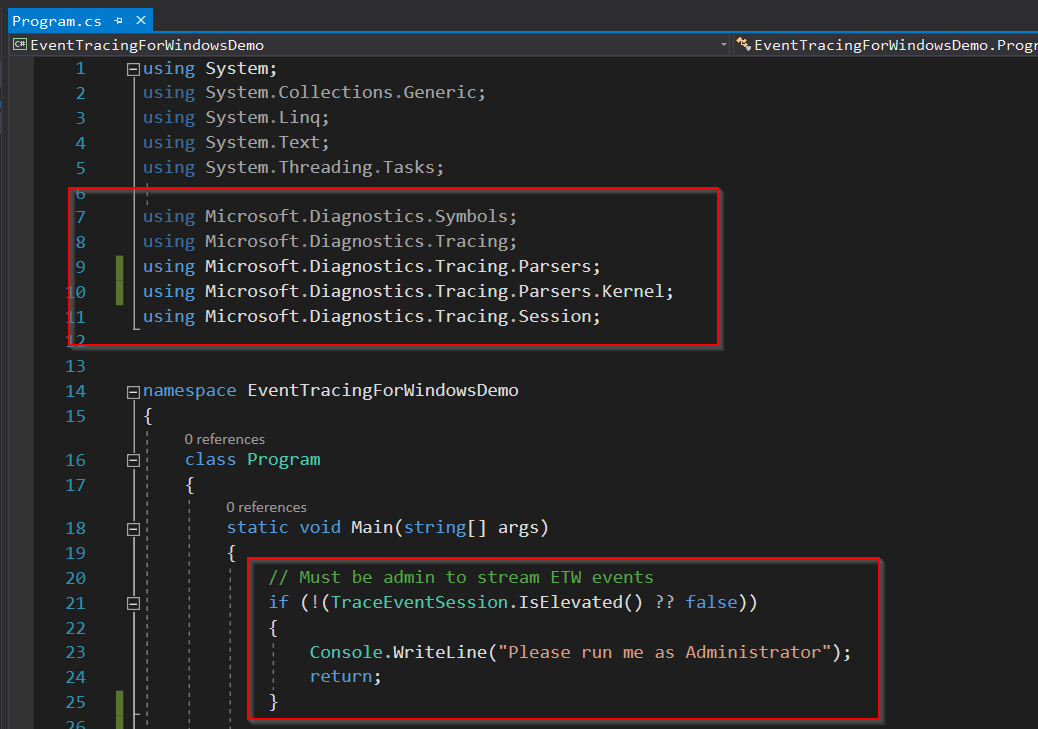
Getting started with Event Tracing for Windows in C by Alex Khanin
Because kernel events provide critical information about processes, threads, modules, and more, collecting the system events greatly extends your ability to analyze traces and diagnose issues. November 10, 2020. Sowoon Pyo. This is the first post in a multi-part series about authoring custom profiles for Windows Performance Recorder (WPR.)

How To Use Event Tracing For Windows For
Event Tracing for Windows (ETW) is a Windows OS logging mechanism for troubleshooting and diagnostics, that allows us to tap into an enormous number of events that are generated by the OS every second. Providers are applications that can generate some event logs. Keywords are event types the provider is able to serve the consumers with.
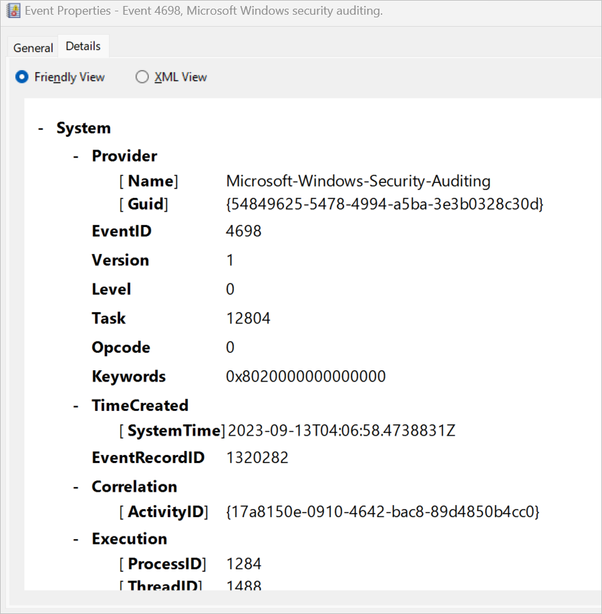
New security capabilities of Event Tracing for Windows Windows IT Pro

event log Input Queue Tracing with ETW MicrosoftWindowsWin32k
ETW is a generic mechanism for tracing/logging. Sysmon implements a provider (in the driver) for writing events and a consumer (in the process) for reading events. Event Viewer can only show events for providers that register their schemas with the system. Windows implements many providers that do this, while Sysmon is using ETW just as a.

ETW Event Tracing for Windows 101 Red Teaming Experiments
Description. Event Tracing for Windows (ETW) lets you diagnose Windows performance problems like no other tool in the world. ETW can be intimidating at first, but this video explains how to get started recording and analyzing ETW traces. You'll learn essential trace analysis techniques and concepts, with an emphasis on investigation of CPU.
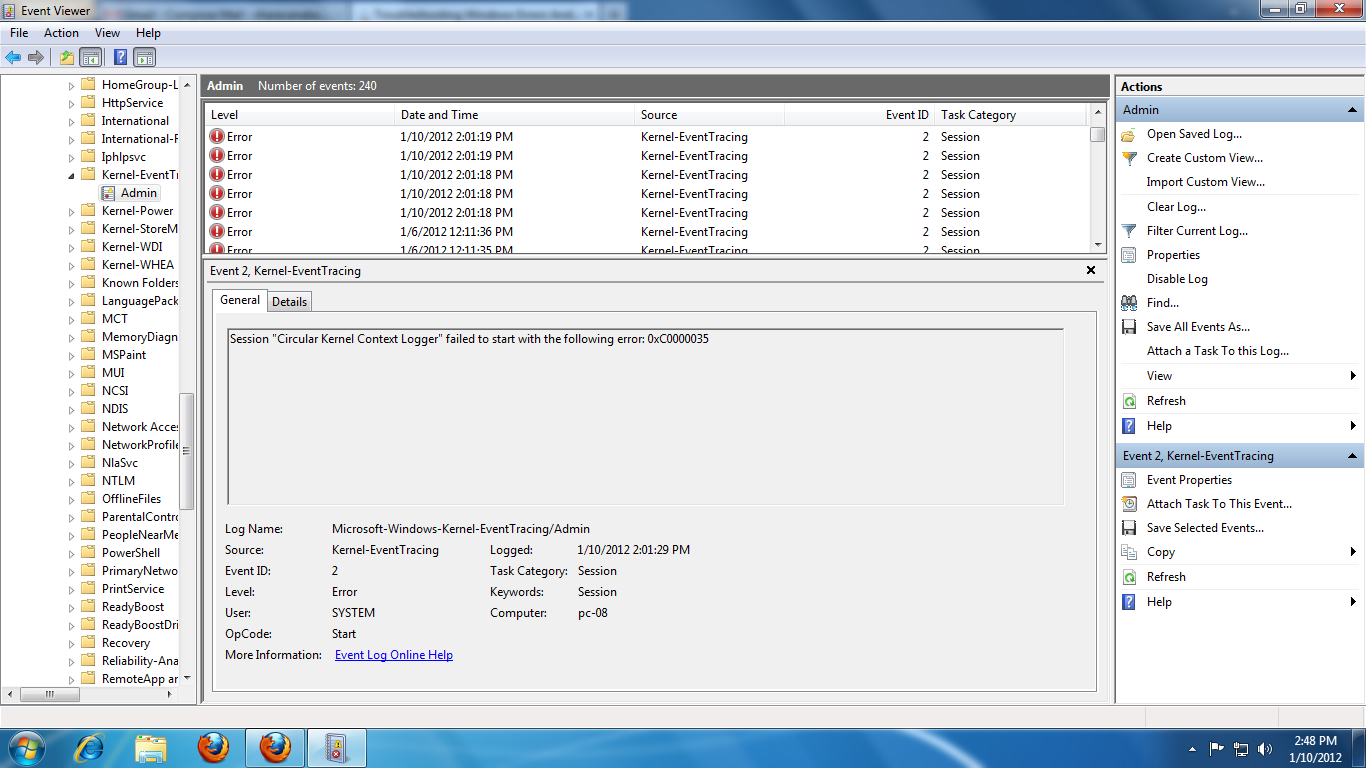
Troubleshooting Windows Errors And Solutions Circular Kernel Context
Event Tracing for Windows (ETW) is a Windows OS logging mechanism for troubleshooting and diagnostics, that allows us to tap into an enormous number of events that are generated by the OS every second. Providers are applications that can generate some event logs. Keywords are event types the provider is able to serve the consumers with.
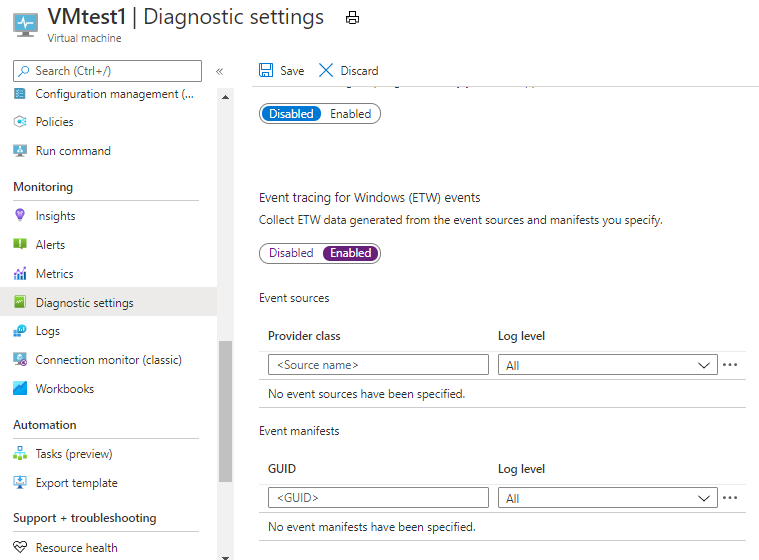
Collecting Event Tracing for Windows (ETW) Events for analysis Azure
Event Tracing for Windows (ETW) is an efficient kernel-level tracing facility that lets you log kernel or application-defined events to a log file. You can consume the events in real-time or from a log file and use them to debug an application or to determine where performance issues are occurring in the application.

How To Use Event Tracing For Windows For
Event Tracing for Windows (ETW) is the mechanism Windows uses to trace and log system events. Attackers often clear event logs to cover their tracks. Though the act of clearing an event log itself generates an event, attackers who know ETW well may take advantage of tampering opportunities to cease the flow of logging temporarily or even permanently, without generating any event log entries in.
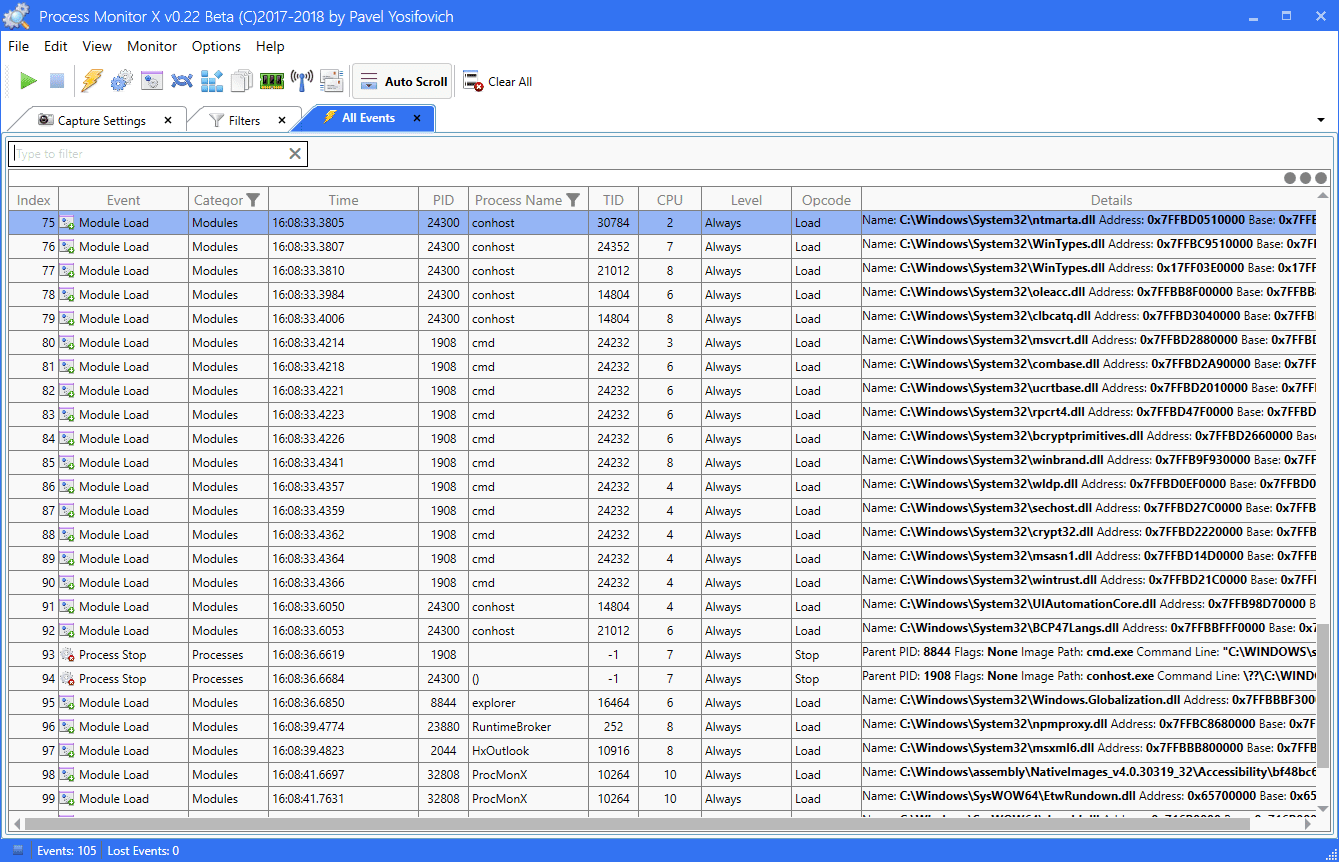
ProcMonX Extended Process Monitorlike tool based on Event Tracing for
To use the advanced search available on the Event Viewer on Windows 11, use these steps: Open Start. Search for Event Viewer and select the top result to open the app. Expand the event section.
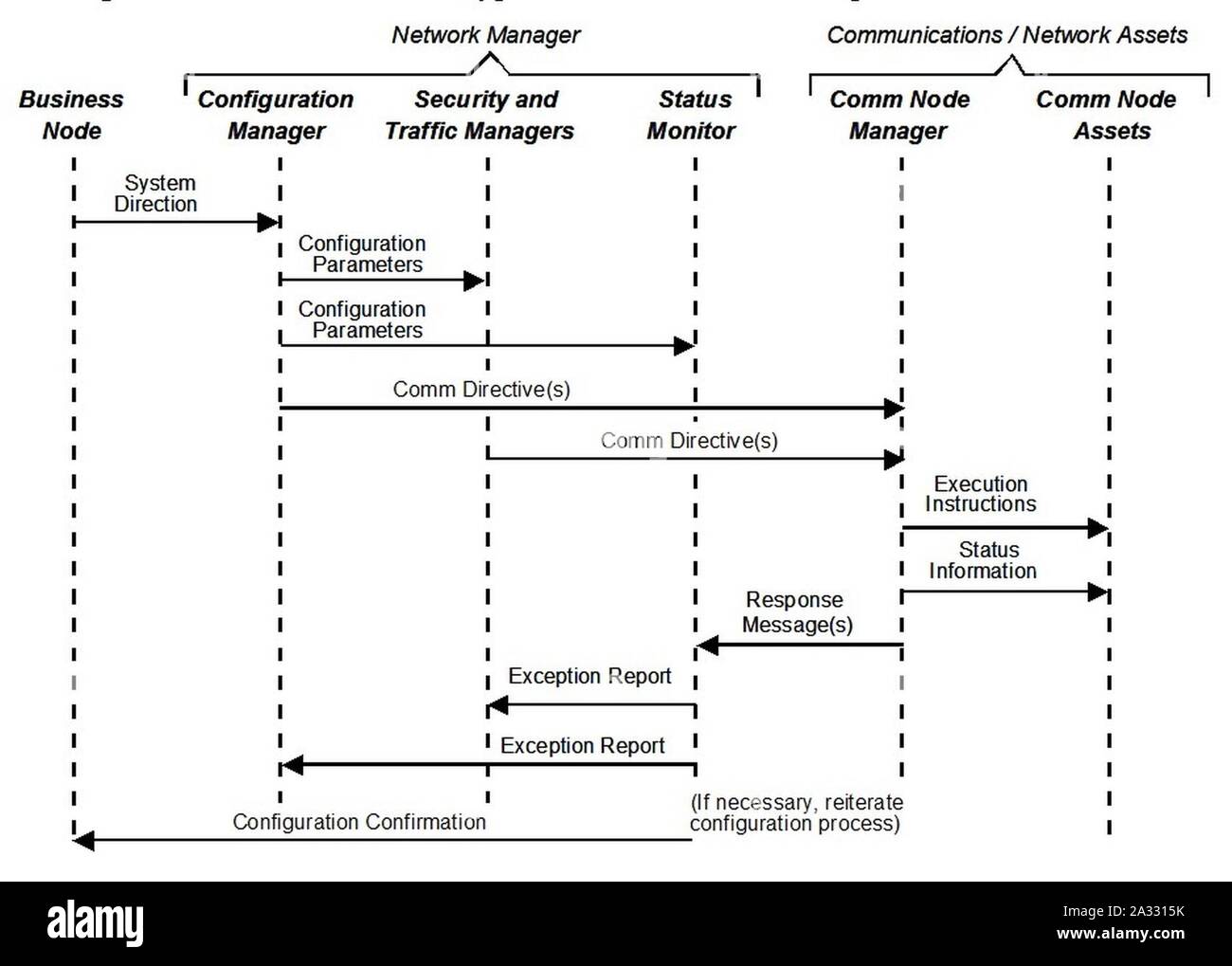
Event Trace Diagram Generic Example Stock Photo Alamy
Event Trace Sessions. The secret is the built-in Event Trace Sessions that Windows has provided since Vista and Windows Server 2008. One of these trace sessions is known as the Circular Kernel Context Logger, or CKCL for short. It provides a 2 MB circular buffer that continually tracks kernel performance statistics in memory.

ETW Event Tracing for Windows and ETL Files Hacking Exposed Computer
Event tracing captures information about applications utilizing the .NET CLR and the .NET CLR itself. This includes security oriented information, such as Strong Name and Authenticode verification. Beginning with Windows Vista, ETW is enabled by default however, the .Net CLR and .Net applications can be configured to not utilize Event Tracing.
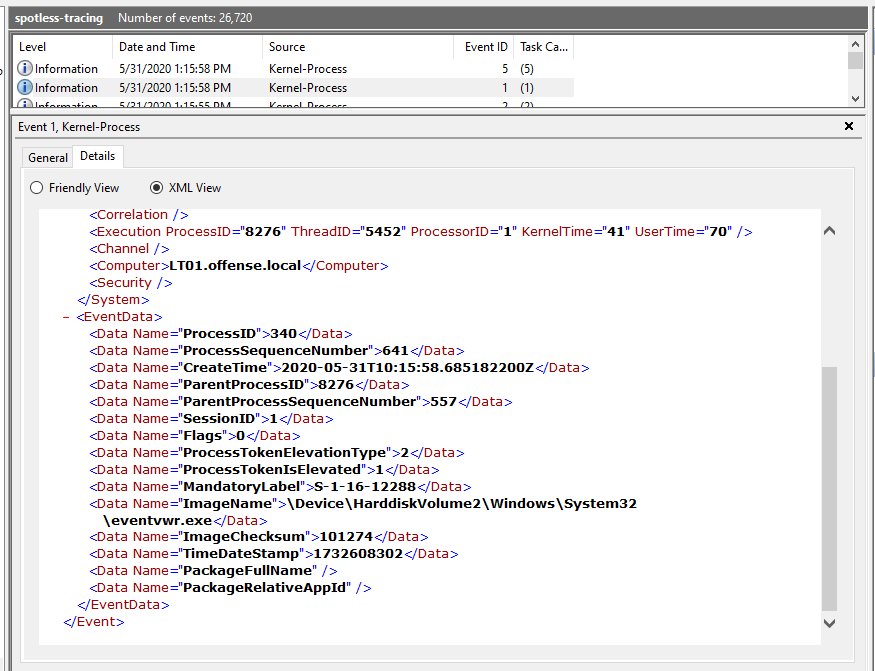
ETW Event Tracing for Windows 101 Red Teaming Experiments
ETW Tools and Libraries. This project contains various tools and samples for using ETW (Event Tracing for Windows). They can be used as a reference for solving similar problems in your own code, or used wholesale by your project. Please refer to the README files in each subdirectory for more details on what the code there does and how to use it.
- Campo De Futbol De Puio
- Lotta Y Los Pedazos Rotos Filmaffinity
- One Side Of Car Blowing Hot Air
- Alfombra Roja Oscars 2019 Fotos Hola
- Agente De Proteccion De Personaas
- Esquema Fusibles Multivan T5 2005
- Aleaciones De Aluminio Empleadas En Industria
- 5000 Mah Cuántas Cargas Son
- Como Se Hace Espuma De Limon
- Competiciones Futbol Castilla Y Leon